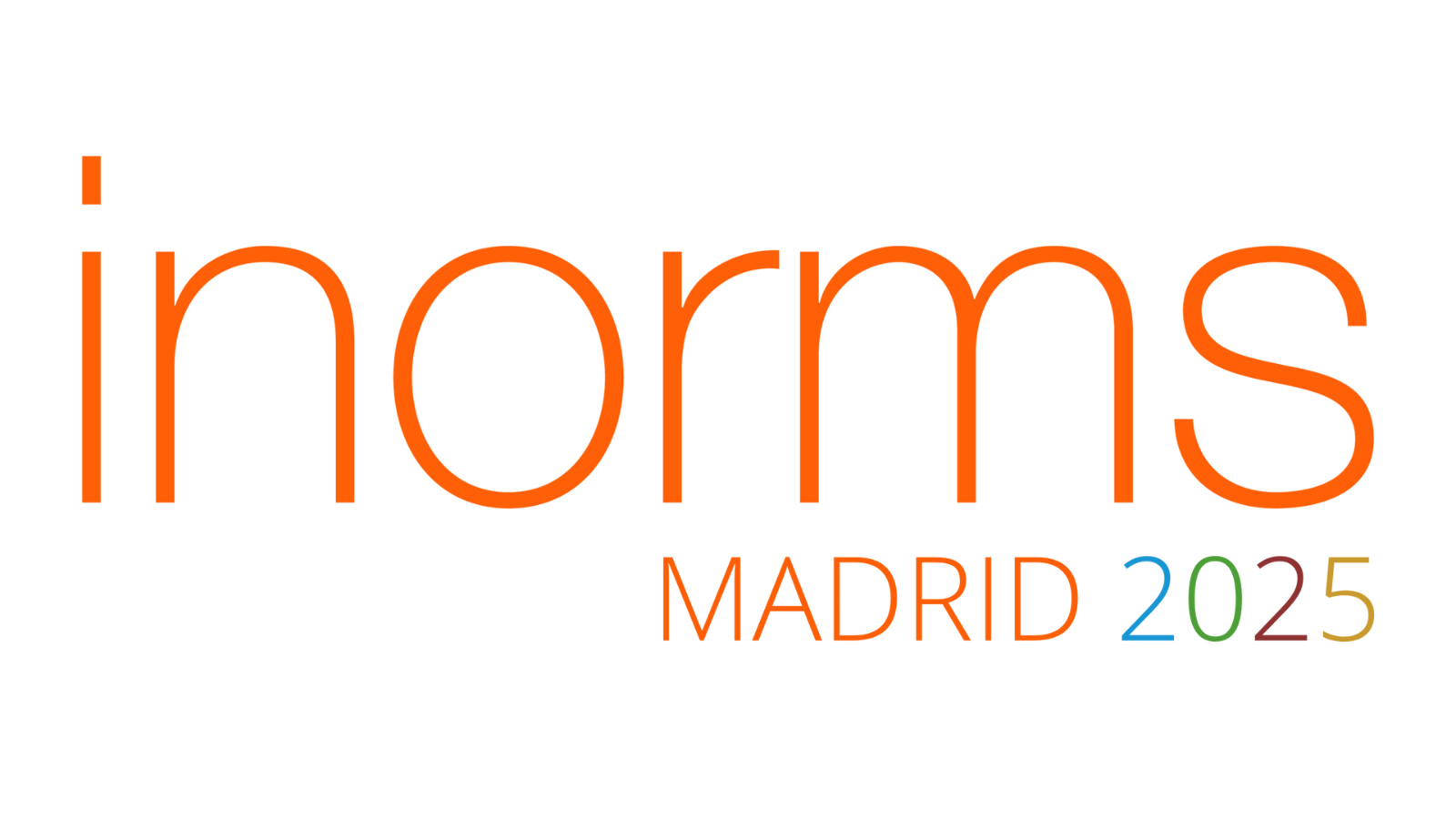Supporting interdisciplinarity: US-EU experiences
Supporting interdisciplinarity: experiences from universities in Europe and the U.S.
Abstract
Across the world, universities continue to push for an increase in interdisciplinary research to solve complex problems, while facing the challenges derived from their historically discipline-based organization. Two common ways in which inter- and trans-disciplinary research have developed at campuses are: 1) Via the establishment of interdisciplinary institutes that catalyse connections across given disciplines (such as the pioneering Stanford’s Bio-X); 2) Via the formation of bottom-up, interdisciplinary research groupings in response to external funding opportunities that, either encourage such approaches, or specifically target interdisciplinary research (e.g. NIH, NSF, Horizon Europe, Nordforsk Initiative for Interdisciplinary Research).
Recently, an increasing number of universities are also supporting interdisciplinary connections via a third way, so that connections are stimulated even at an earlier stage: via their own intra-university seed funding. Involving a variety of features (grant size and length, discipline diversity, career stages, cost eligibility etc), a key aspect intriguing university leaders, administrators and researchers alike is the actual impact of these seed funding instruments. Our poster reflects on successes and challenges at US and European universities, providing an in-depth analysis of the instruments currently offered at the University of Helsinki (Finland) and the University of California Davis.


